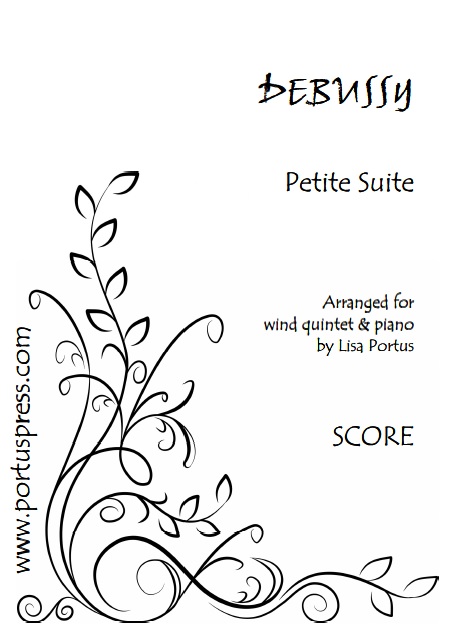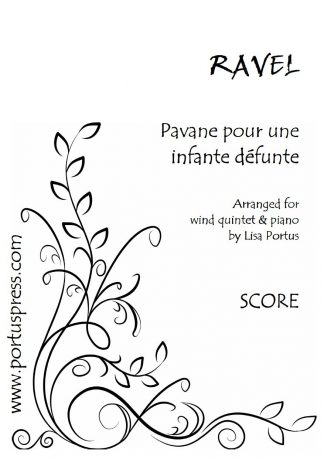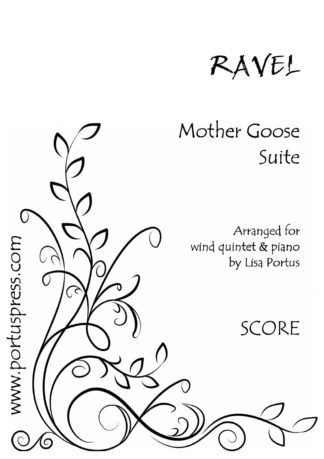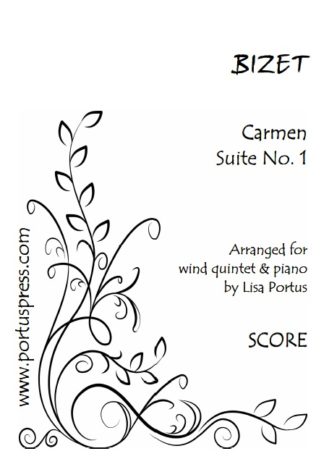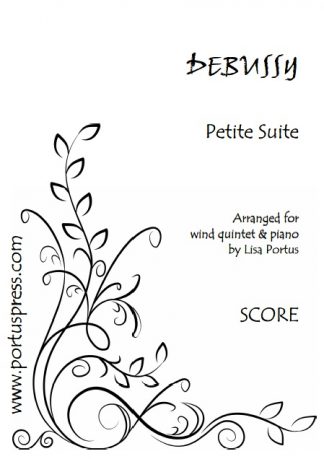Description
Claude Debussy (1862-1918) wrote his Petite Suite (originally for piano four hands) in his post-student years, possibly following a request from his publisher, Jacques Durand, for a work accessible to amateur players. It was first performed in 1889 by Debussy and Durand at a Paris salon. Its popularity flourished when Debussy’s colleague, Henri Büsser, produced – with Debussy’s blessing – a version for chamber orchestra.
It is a work of immediate lyric charm but is also probably the least characteristic work by Debussy to have found a place in the enduring repertory. Throughout the suite the voices of the French masters of the time – Fauré, Bizet, Massenet and Chabrier – are very much in evidence. There are, however, glimpses of Debussy’s emerging impressionist style, especially in the opening movement – En Bateau and the dreamlike third movement, a Menuet. Both En Bateau and the second movement (Cortège) – which, rather bizarrely, depicts a genteel lady whose dress her pet monkey and attendant are trying to peek beneath – are settings of poems by Debussy’s favourite poet, Paul Verlaine. The final movement – Ballet – rounds things off with an energetic dance.

